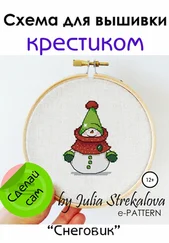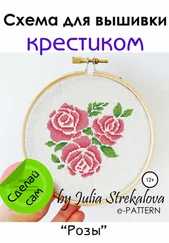Christopher alexander - A pattern language
Здесь есть возможность читать онлайн «Christopher alexander - A pattern language» весь текст электронной книги совершенно бесплатно (целиком полную версию без сокращений). В некоторых случаях можно слушать аудио, скачать через торрент в формате fb2 и присутствует краткое содержание. Жанр: Прочая научная литература, на английском языке. Описание произведения, (предисловие) а так же отзывы посетителей доступны на портале библиотеки ЛибКат.
- Название:A pattern language
- Автор:
- Жанр:
- Год:неизвестен
- ISBN:нет данных
- Рейтинг книги:3 / 5. Голосов: 1
-
Избранное:Добавить в избранное
- Отзывы:
-
Ваша оценка:
- 60
- 1
- 2
- 3
- 4
- 5
A pattern language: краткое содержание, описание и аннотация
Предлагаем к чтению аннотацию, описание, краткое содержание или предисловие (зависит от того, что написал сам автор книги «A pattern language»). Если вы не нашли необходимую информацию о книге — напишите в комментариях, мы постараемся отыскать её.
A pattern language — читать онлайн бесплатно полную книгу (весь текст) целиком
Ниже представлен текст книги, разбитый по страницам. Система сохранения места последней прочитанной страницы, позволяет с удобством читать онлайн бесплатно книгу «A pattern language», без необходимости каждый раз заново искать на чём Вы остановились. Поставьте закладку, и сможете в любой момент перейти на страницу, на которой закончили чтение.
Интервал:
Закладка:
and FLOOR-CEILING VAULTS (2 I 9).
Of course, there are many other ways of making a perimeter beam. First of all, there are several variants of our design: the U-shaped channel can be made of fiberboard, plywood, precast lightweight concrete, and, in every case, filled with lightweight concrete. Then there are various traditional perimeter beams— the Japanese version or the early American versions come to mind. And then there are a variety of structures which are not exactly even beams—but still act to spread vertical loads and counteract horizontal thrusts. A row of brick arches might function in this way, in a far fetched case so might a tension ring of jungle creeper.
Therefore:
Build a continuous perimeter beam around the room, strong enough to resist the horizontal thrust of the vault above, to spread the loads from upper stories onto columns, to tie the columns together, and to function as a lintel over openings in the wall. Make this beam continuous with columns, walls and floor above, and columns and walls below.
CONSTRUCTION
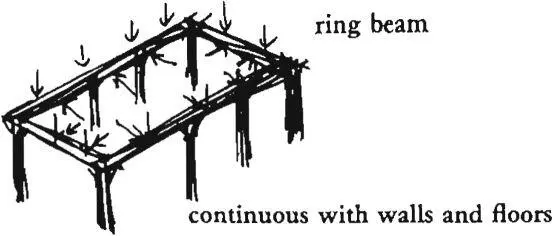
Remember to place reinforcing in such a way that the perimeter beam acts in a horizo?ital direction as well as vertical. When it forms the base for a floor-ceiling vault (219) it must be able to act as a ring beam to resist all those residual horizontal outward thrusts not contained by the vault. Strengthen the connection between the columns and the perimeter beam with diagonal braces where the columns are free standing—
COLUMN CONNECTION (227). . . .
1022 218 wall membrane*
. . . according to efficient structure (206) and final column distribution (213), the wall is a compressive load-bearing membrane, “stretched” between adjacent columns and continuous with them, the columns themselves placed at frequent intervals to act as stiffeners. The intervals vary from floor to floor, according to column height; and the wall thickness (membrane thickness) varies in a similar fashion. If the column stiffeners arc already in place according to box column (216), this pattern describes the way to stretch the membrane from column to column to form the walls.
* * *
In organic construction the walls must take their share of the loads. They must work continuously with the structure on all four of their sides; and act to resist shear and bending, and take loads in compression.
When walls are working like this, they arc essentially structural membranes: they are continuous in two dimensions; together with stiffeners and columns they resist loads in compression; and they create a continuous rigid connection between columns, beams, and floors, both above and below, to help resist shear and bending.
By contrast, curtain walls and walls which are essentially “infill,” do not act as membranes. They may function as walls in other respects—-they insulate, enclose, they define space—but they do not contribute to the overall structural solidity of the building. They let the frame do all the work; structurally they are wasted. | For the details of the argument that every part of the structure must cooperate to take loads, see efficient structure (206).]
A membrane, on the other hand, makes the wall an integral thing, working with the structure around it. How should we build such a wall membrane?
| CONSTRUCTION |
|---|
 |
| A version of an interior wall membrane which uses gypsum board as skin , and ultra-lightweight concrete for the fill. |
good materials (207) tells us that we should use hand cuttable, nailable, ecologically sound materials, which one can work with home tools, with the emphasis on earthen fill materials and sheet materials.
gradual stiffening (208) tells us that the process of building should be such that one can start with a flimsy structure and stiffen it during the course of construction, as materials are put in place, so that the process can be smooth and continuous.
218 wat.l membrane
An example of such a wall that we have built and tested uses gypboard for the inner skin, ship-lapped wooden boards for the outer skin and ultra-lightweight concrete for the fill. The wall is built by fixing nailing blocks to the sides of columns. We nail the skin to the nailing blocks, put chickenwire into the cavity to reinforce the concrete against shrinkage, and then pour the lightweight concrete into the cavity. The wall needs to be braced during pouring, and you can’t pour more than two or three feet at a time: the pressure gets too great. The last pour fills the perimeter beam and the top of the wall, and so makes them integral. The drawing opposite shows one way that we have made this particular kind of wall membrane.
This wall is solid (about the density of wood), has good acoustic and thermal properties, can easily be built to conform to free and irregular plans, and can be nailed into. And because of its stiffeners, the wall is very strong for its thickness.
Other versions of this pattern: (i) The skin can be formed from hollow structural tiles or concrete blocks, with a concrete or earthen fill. (2) The exterior skin might be brick, the interior skin plywood or gypboard. In either case the columns would have to be hollow tile, or concrete pipe, or other masonry box columns. (3) The skin might be formed with wire mesh, gradually filled with concrete and rubble, and stuccoed on the outside, with plaster on the inside. The columns in this case can be built in the same way—out of a wire mesh tube filled with rubble and concrete. (4) It may also be possible to use gypboard for both skins, inside and out. The gypboard on the outer side could then be covered with building paper, lath, and stucco.
Therefore:
Build the wall as a membrane which connects the columns and door frames and windows frames and is, at least in part, continuous with them. To build the wall, first put up an inner and an outer membrane, which can function as a finished surface; then pour the fill into the wall.
| I I LOCAL TRANSPORT AREAS** |
|---|
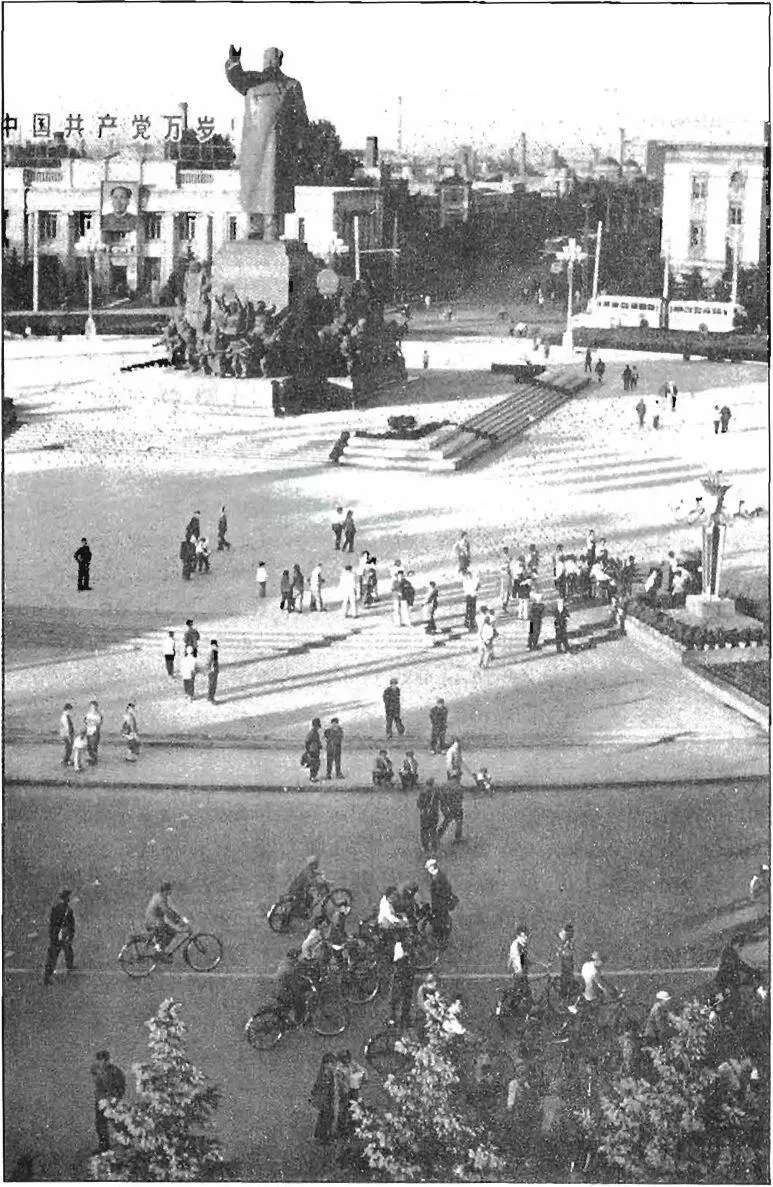 |
| 63 |
CONSTRUCTION
inner and outer membrane
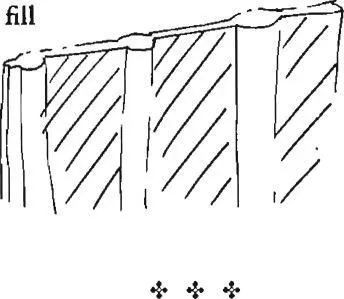
Remember that in a stiffened wall, the membranes can be much thinner than you might expect, because the stiffeners prevent buckling. In some cases they can be as thin as two inches in a one story building, three inches at the bottom of a two-story building and so on—see final column distribution (213).
Membranes can be made from hollow tile, lightweight concrete block, plywood, gypboard, wood planks, or any other sheet type material which would make a nice surface, which is easy to nail into, comfortable to touch, and so on. If the inner sheet is gypsum board, it can be finished with a skim coat of plaster—soft inside walls (235). The outer sheet can be made of 1 inch boards, tongue and grooved; or exterior grade plywood; or exterior board hung with tile, shingles, or plastered—lapped outside walls (234). It is also possible to build the outer skin of brick or tile: in this case, columns must be of the same material—soft tile and brick (248). . . .
Читать дальшеИнтервал:
Закладка:
Похожие книги на «A pattern language»
Представляем Вашему вниманию похожие книги на «A pattern language» списком для выбора. Мы отобрали схожую по названию и смыслу литературу в надежде предоставить читателям больше вариантов отыскать новые, интересные, ещё непрочитанные произведения.
Обсуждение, отзывы о книге «A pattern language» и просто собственные мнения читателей. Оставьте ваши комментарии, напишите, что Вы думаете о произведении, его смысле или главных героях. Укажите что конкретно понравилось, а что нет, и почему Вы так считаете.







